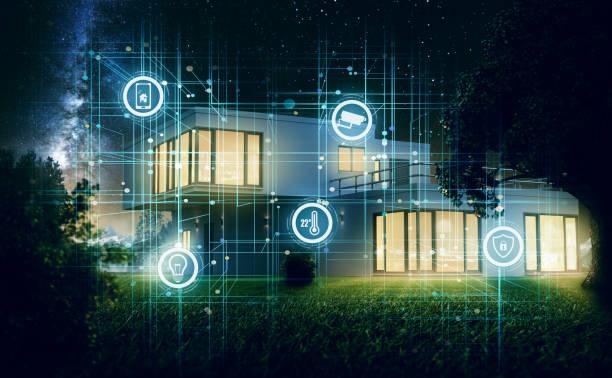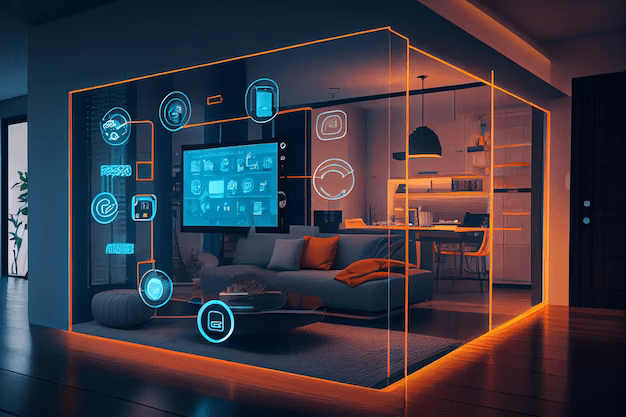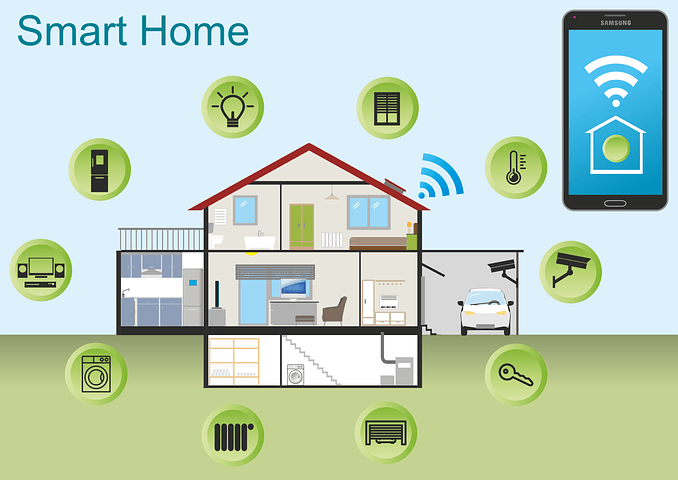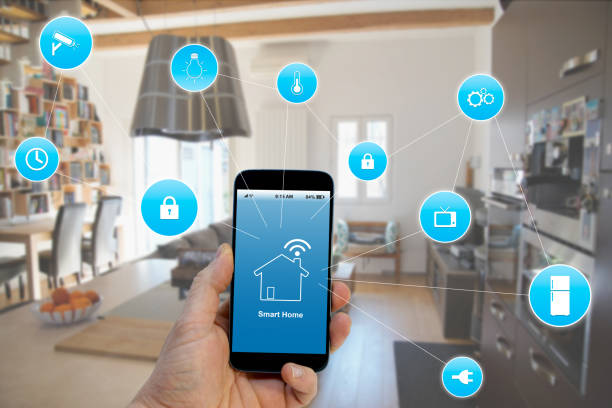Embracing the Future: Smart Homes and Why They Make Sense Today
Introduction
The concept of a smart home has been gaining popularity in recent years, as more people embrace technology to improve their everyday lives. A smart home, in its simplest form, is a living space where various household devices are connected and can be controlled remotely through the internet or via voice commands. This integration of technology not only provides convenience but also offers numerous other benefits. In this blog post, we’ll delve into what a smart home is, how you can use one, the advantages and disadvantages, and which devices can be integrated to create the ultimate connected living experience.

Smart Home Overview
What is a Smart Home?
A smart home refers to a living space that employs advanced automation systems to provide its occupants with sophisticated monitoring and control over various aspects of the home. This can include lighting, temperature, security, entertainment, and more. By utilizing cutting-edge technology, smart homes aim to enhance comfort, convenience, and energy efficiency for their inhabitants.

How to Use a Smart Home
Smart homes can be controlled through a variety of interfaces, such as smartphones, tablets, and voice-activated assistants like Amazon’s Alexa or Google Home. Users can create customized routines, schedules, and settings to suit their preferences and needs. For example, you can program your smart thermostat to lower the temperature at night or set your lights to dim gradually as bedtime approaches. You can also monitor your home’s energy consumption, receive alerts for potential security threats, and even automate mundane tasks like watering the plants.

Advantages of a Smart Home
- Energy Efficiency: By allowing users to have better control over their home’s energy consumption, smart homes can help reduce utility bills and contribute to a more sustainable lifestyle.
- Convenience: With the ability to control various aspects of your home from a single device, smart homes make everyday tasks easier and more efficient.
- Security: Integrated security systems and cameras can provide real-time monitoring and alerts, ensuring that your home remains safe and secure.
- Accessibility: Smart homes can be particularly beneficial for individuals with disabilities or mobility issues, as they can control their environment more easily through voice commands or a connected device.
Disadvantages of a Smart Home
- Cost: Setting up a smart home can be expensive, especially if you’re starting from scratch or upgrading an existing system.
- Complexity: With numerous devices and systems to manage, some users might find smart homes overwhelming or challenging to navigate.
- Privacy Concerns: As with any connected device, there is always the risk of hacking or data breaches, which can compromise your personal information and security.
- Dependence on Technology: When we rely heavily on technology, we may become more susceptible to the negative effects of technical glitches or outages.
Devices to Integrate in a Smart Home
There is a wide range of devices available for integration into a smart home ecosystem. Some popular options include:
- Smart thermostats: These devices learn your habits and preferences, allowing you to maintain a comfortable home environment while maximizing energy efficiency.
- Smart lighting: Control your home’s lighting remotely or through automation, customizing brightness levels and color temperatures.
- Smart security systems: Monitor your home with cameras, door and window sensors, and motion detectors, receiving alerts if any suspicious activity is detected.
- Smart appliances: Refrigerators, washing machines, and other household appliances can be connected and controlled remotely for enhanced convenience.
- Voice-activated assistants: Devices like Amazon Echo and Google Home can be used to control various aspects of your smart home through voice commands.
Conclusion
In today’s fast-paced, technology-driven world, smart homes offer numerous benefits that can significantly improve our daily lives. While there are some drawbacks to consider, such as cost and privacy concerns, the advantages of convenience, energy efficiency, security, and accessibility often outweigh the negatives. As technology continues to evolve and become more affordable, it’s likely that smart homes will become an increasingly common feature in households around the world.
By integrating devices like smart thermostats, lighting, security systems, appliances, and voice-activated assistants, homeowners can create a living space that caters to their unique needs and preferences. With the potential to save time, money, and energy, it’s no wonder that smart homes are gaining popularity as a practical and modern solution for enhancing our daily lives. So, if you’re considering upgrading your home, it might be time to explore the world of smart home technology and discover how it can transform your living experience.





